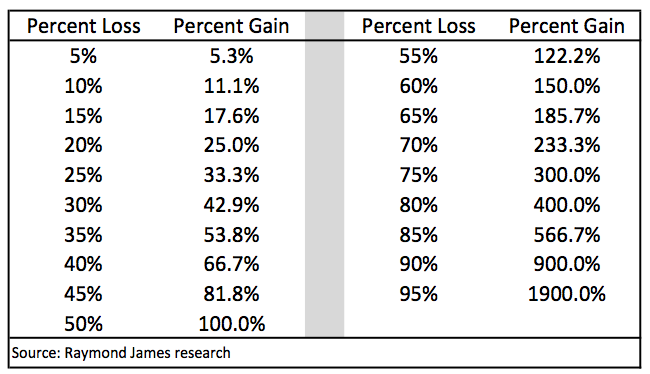 What opportunities did I miss and what could have alerted me to those opportunities?
What opportunities did I miss and what could have alerted me to those opportunities?
* What kind of trades are making me money? Where am I losing my money? What can I do about that?
.
* When I took heat on trades, what could I have done to enter at better prices?
* Was the level of risk that I took in trades commensurate with my conviction in the trade ideas?
* What were the themes and markets driving prices today that I should be alert for tomorrow?
* What are the themes, economic reports, and markets that might drive prices overnight that I should be alert for in the morning?
Archives of “January 12, 2019” day
rssConviction, Anxiety and Belief
 In 1952 Harry Markowitz effectively founded modern finance with his seminal paper “Portfolio Selection“. The famous (or infamous) CAPM and Efficient Markets Hypothesis, for all practical purposes, evolved from the Nobel winning ideas in this paper. (Note to self: resist urge to make Nobel joke). Ironically however virtually no one knows that Markowitz himself said his paper began with step 2! Step one was deciding what you believe.
In 1952 Harry Markowitz effectively founded modern finance with his seminal paper “Portfolio Selection“. The famous (or infamous) CAPM and Efficient Markets Hypothesis, for all practical purposes, evolved from the Nobel winning ideas in this paper. (Note to self: resist urge to make Nobel joke). Ironically however virtually no one knows that Markowitz himself said his paper began with step 2! Step one was deciding what you believe.
We hear a lot from the well known trading coaches about conviction and it strikes me as funny because conventional risk wisdom says “don’t get married to an idea”, “let the market tell you”, “take what the market gives” and other such axioms all based on the idea of maintaining objectivity and essentially not becoming full of conviction.
Well which is it?
I mean we also hear “believe in yourself” but where do these advisories leave you when a trading idea is going wrong? How do you handle the teeter totter that holds belief and conviction on one side and price and risk management on the other? What fulcrum can you depend on?
We of course have our answer…but before we talk any more about it, we would REALLY like hear yours!
Thought For A Day

Not every place you fit in is where you belong.

Perspectives-Video
STRATEGIES FOR SUCCESS

After a year or so of trading, I found that I had standardized on about 15 rules/guidelines that have changed only slightly since then.
As requested, here are ten overriding principles that have survived the past five
years, through bull and bear markets:
Always live to fight another day
Entries must have a statistical edge
Patience and discipline
Be a jellyfish (swim with the current)
Trade only liquid securities
Focus on trying to capture the middle 80% of a move
Know your exit points when you open a position (and stick to them!)
When in doubt, reduce position size by 50%
Limit losses to 2% of total equity for any single trade
Start each day with a clean financial and emotional slate
The above list is relatively generic, but it helped provide me with a framework for
organizing how I would approach trading as a business, what strategies I should
adopt, how those strategies should be executed, and ultimately defining what success
should look like.
Trading rules are vitally important – as is knowing when they should be broken. Even
more important, I believe, is the process that one goes through in order to arrive at
these rules and to make sure that as new market situations unfold and new blind
spots are revealed, the rules and guidelines are enhanced to maximize the
opportunity for the trader to continue to grow and develop.
Efficient Market Hypothesis vs Socionomic Theory of Finance

Read and Implement it

The table below depicts the percentage gain necessary to get back even, after a certain percentage loss.

Top & Bottom 20 Funds of 2015

